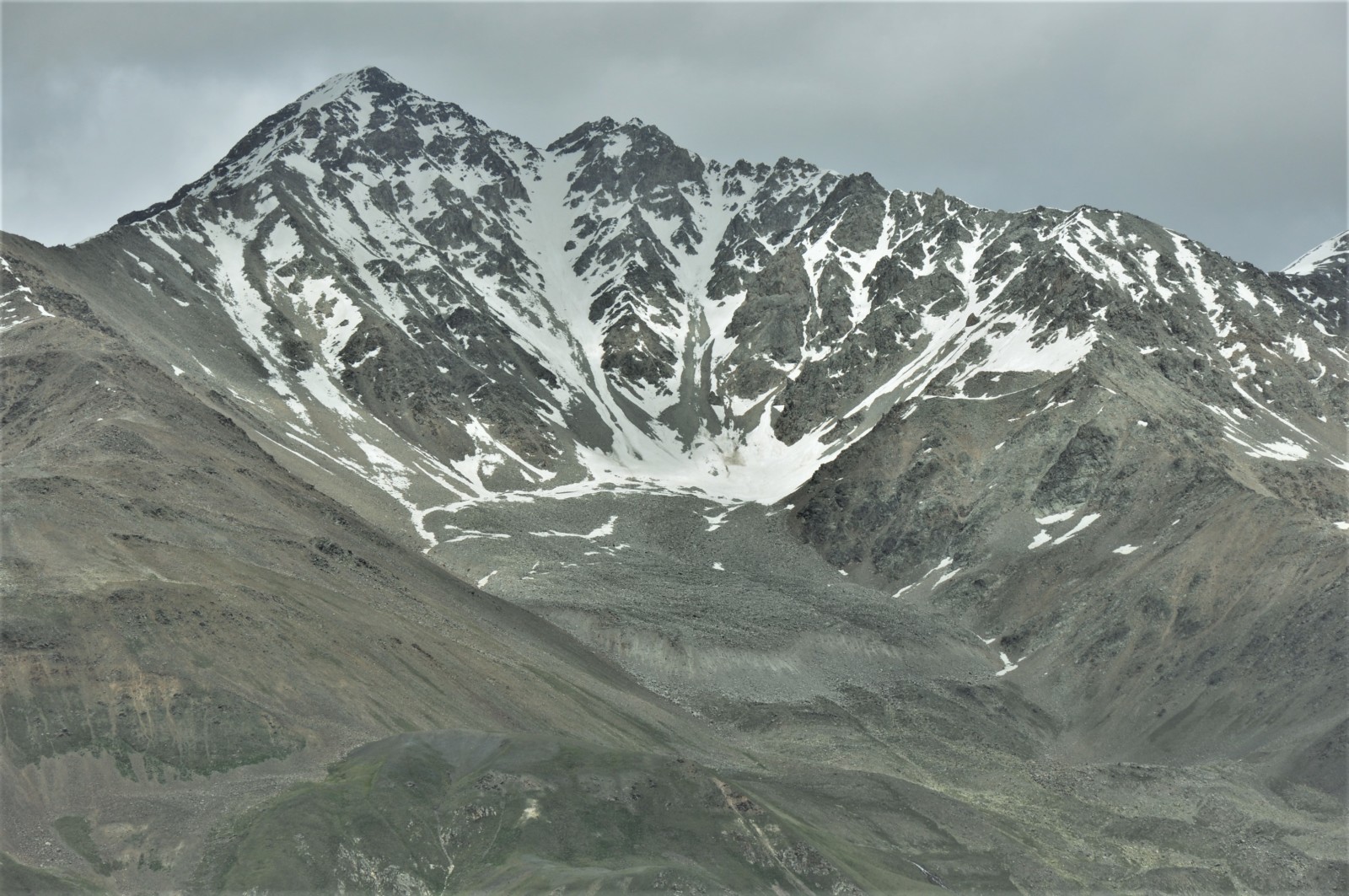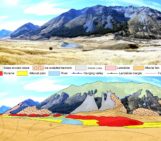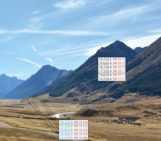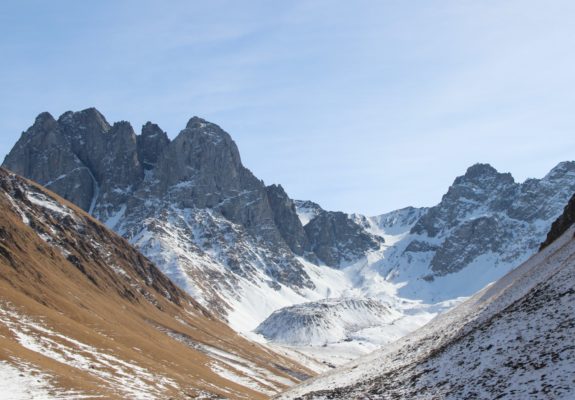
In this week’s blog, Levan Tielidze tells us about the first inventory of rock glaciers from the Greater Caucasus as an important basis for further research of geomorphology and palaeoglaciology in this region.
What are Rock Glaciers?
Rock glaciers are distinctive geomorphological landforms of frozen debris that are supersaturated with ice. The low ice velocity or certain speed of movement and permafrost must be present to create rock glaciers normally at high latitudes and/or elevations with cold climate conditions. Unlike a typical alpine glacier, the ice in a rock glacier is hidden under thick debris and is usually not visible to the naked eye (Figure 1). However, we can detect the ice of rock glaciers through instrumental measurements. Rock glaciers are freshwater reserves and have been investigated in the fields of geomorphology, alpine ecology, hydrology, natural hazard, and palaeoclimatology. Inventory of rock glaciers has become a priority in many mountainous regions of the world, including the Greater Caucasus, the focus of this post.
Rock glaciers in the Greater Caucasus
In the Greater Caucasus, rock glaciers (Figure 2) provide hydrologic reserves and ecologic refugia with respect to ongoing and future climate change as well as promoting vegetation communities and habitat for alpine terrestrial species. Discharge of water from rock glacier springs and groundwater is a significant source of fresh water for the Caucasus countries. They are specifically important reservoirs of water for the population living downstream, often providing meltwater during seasonal droughts, mainly for the eastern Greater Caucasus. Rock glaciers also play a significant role as a tourist attraction for the economy of the Caucasus countries. Thus, the assessment of rock glaciers in the Greater Caucasus is crucial for both scientific and societal points of view.
The new rock glacier inventory
Based on high- and medium-resolution satellite imagery from 2004–2021 we have identified and mapped 1461 rock glaciers in the Greater Caucasus. Our inventory covered 34 river basins, and the total area of all Caucasus rock glaciers was 297.8 km². As a result, two categories of rock glacier activity were distinguished: relict and active rock glaciers (Figure 3).
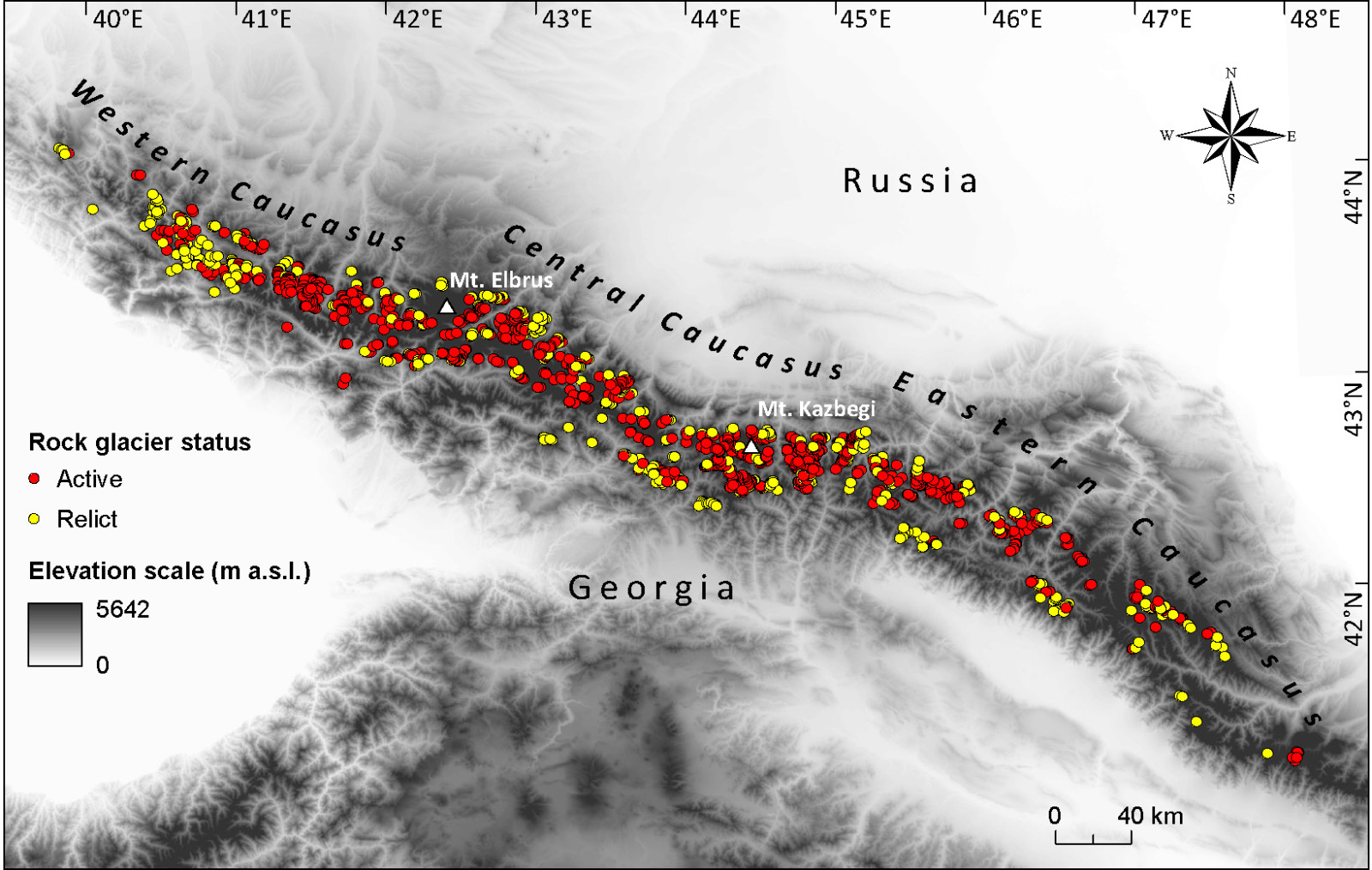
Figure 3. Color-coded map of active and relict rock glaciers for the Greater Caucasus [Credit: Tielidze et al., 2023].
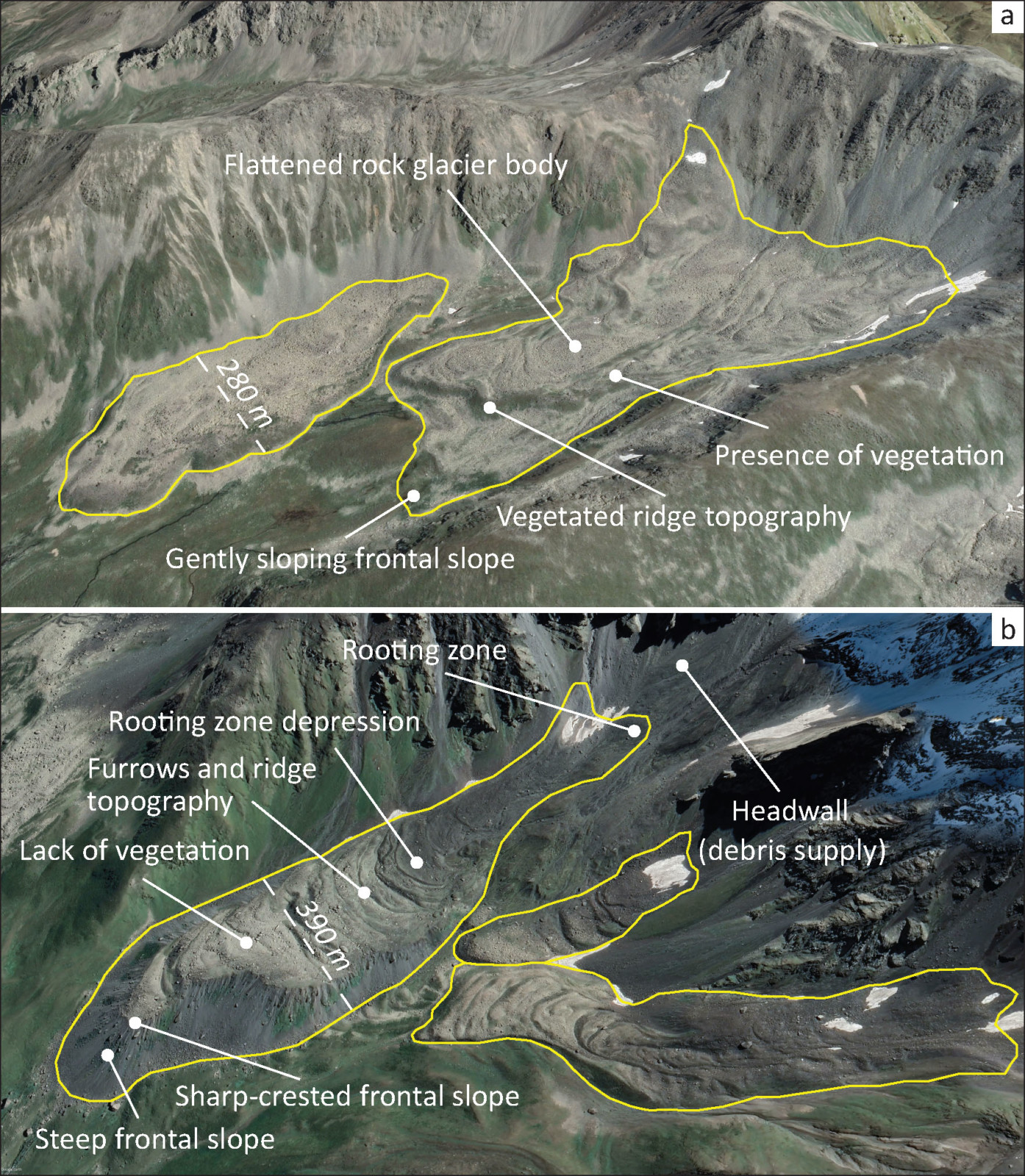
Figure 4. An example of rock glacier mapping and classification: (a) relict rock glaciers; (b) active rock glaciers. The yellow line corresponds to the boundaries of the rock glacier. The white dashed line indicates the width of the rock glacier. Google Earth imagery 16/08/2019 and 16/08/2022 is used as the background. © Google Earth 2022. [Credit: Tielidze et al., 2023].
We assume that there are many more rock glaciers in the Greater Caucasus than we estimated in our study, which can be assessed through further research. Future work should also focus on more detailed field investigations, careful classification of rock glaciers, their relationship with meteorological conditions along with climate analysis, as well as absolute age dating of the rock glaciers to better understand the role of rock glaciers in palaeoclimate reconstructions.
Further reading
- Levan’s recently published paper about The First Rock Glacier Inventory for the Greater Caucasus (Tielidze et al., 2023 Geosciences 13).
- A blogpost about Massive Melting of Caucasus Glaciers
- A blogpost about How a Georgian Caucasus Glacier changed since the Little Ice Age
- A blogpost introducing Rock Glaciers
Edited by Loeka Jongejans and Lina Madaj
 Levan Tielidze is an early career scientist at Victoria University of Wellington, New Zealand and at Ilia State University, Georgia. His field of research is modern glaciers and glacial-geomorphological studies of the mountainous areas in the Late Quaternary. Contact email: tielidzelevan@gmail.com. He tweets as @LevanTielidze.
Levan Tielidze is an early career scientist at Victoria University of Wellington, New Zealand and at Ilia State University, Georgia. His field of research is modern glaciers and glacial-geomorphological studies of the mountainous areas in the Late Quaternary. Contact email: tielidzelevan@gmail.com. He tweets as @LevanTielidze.

